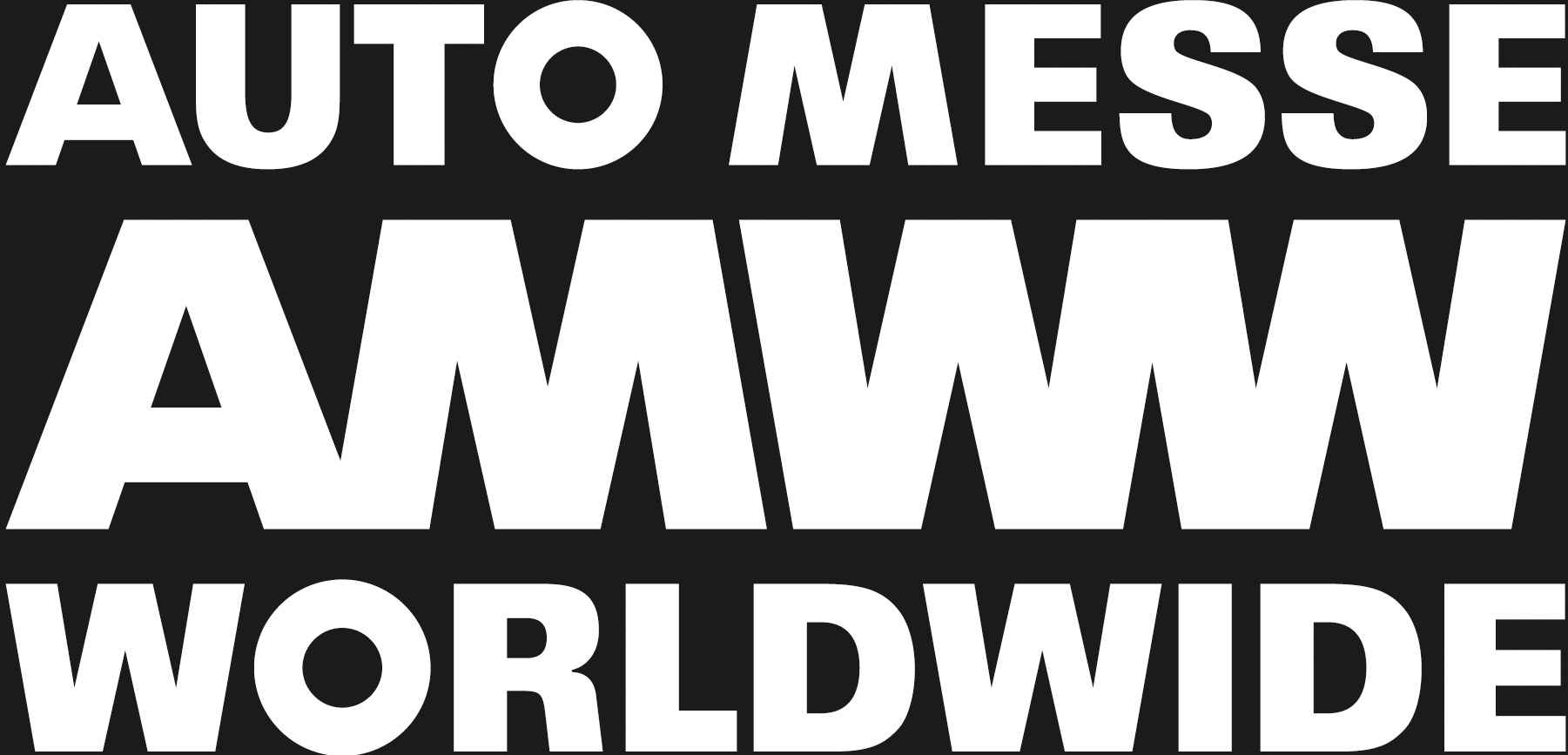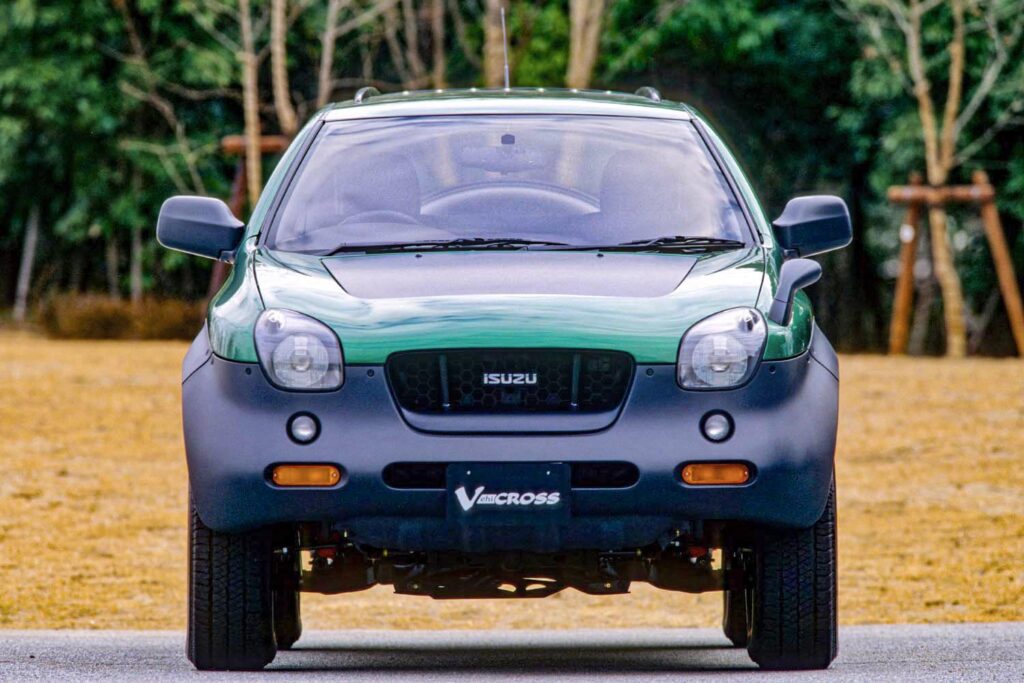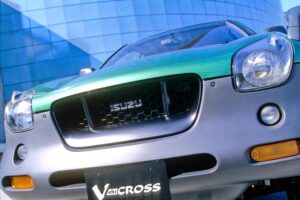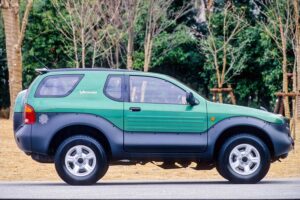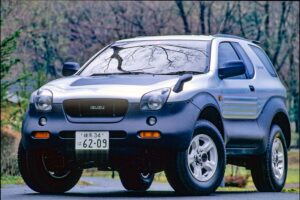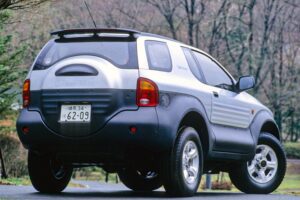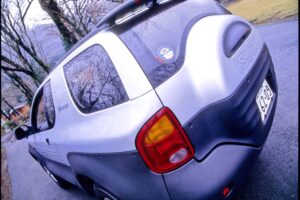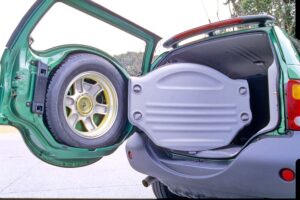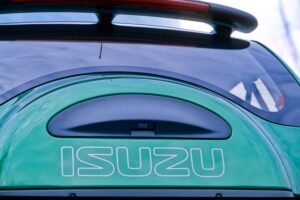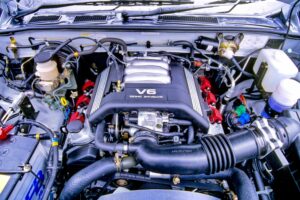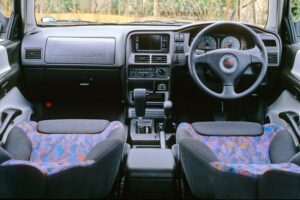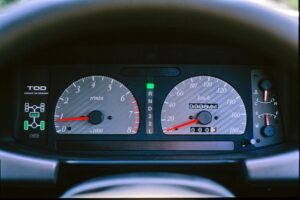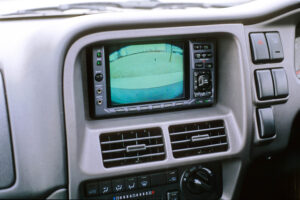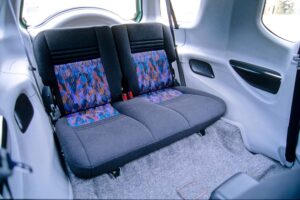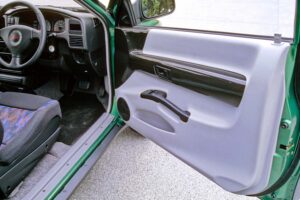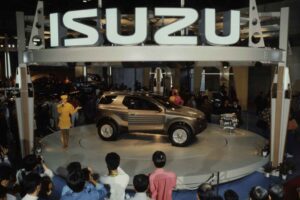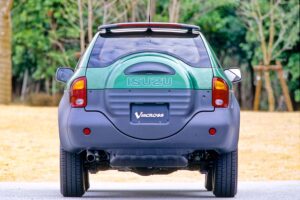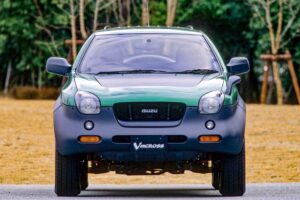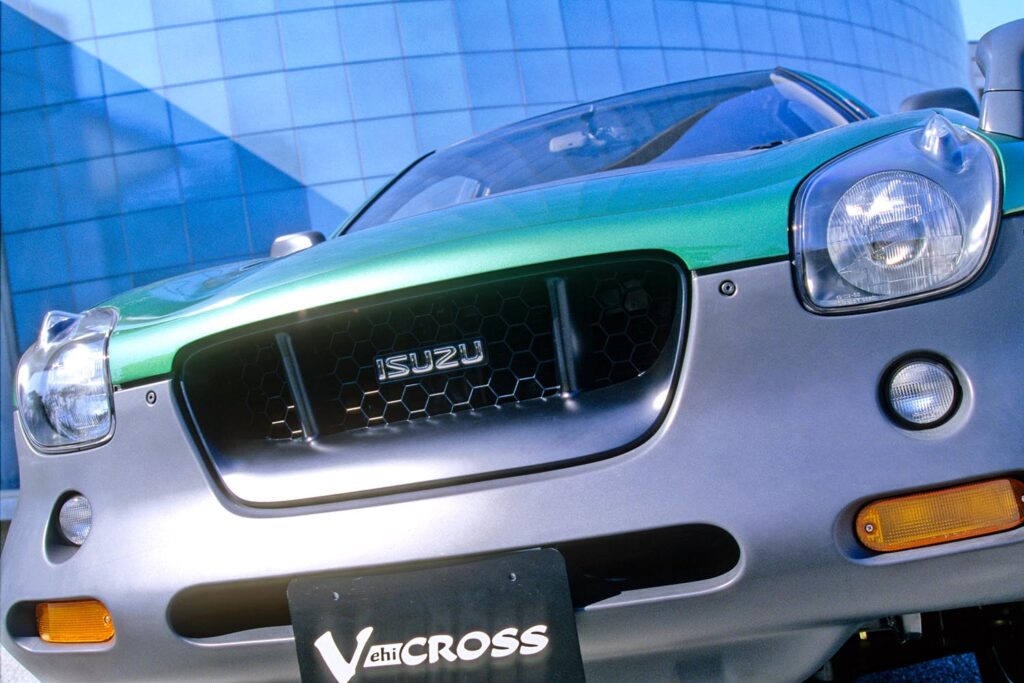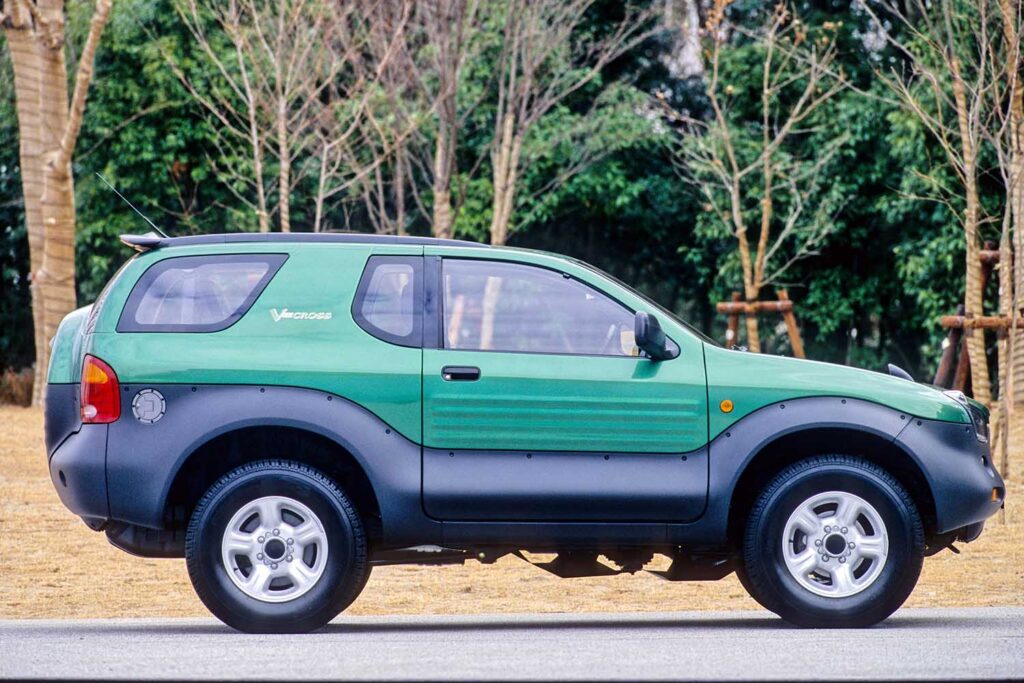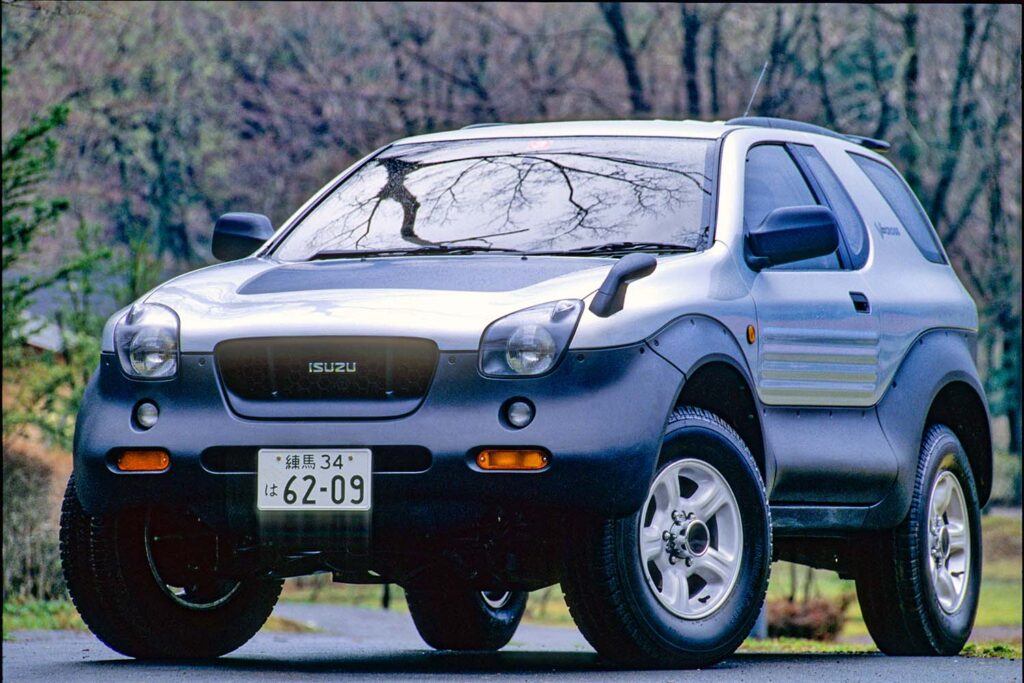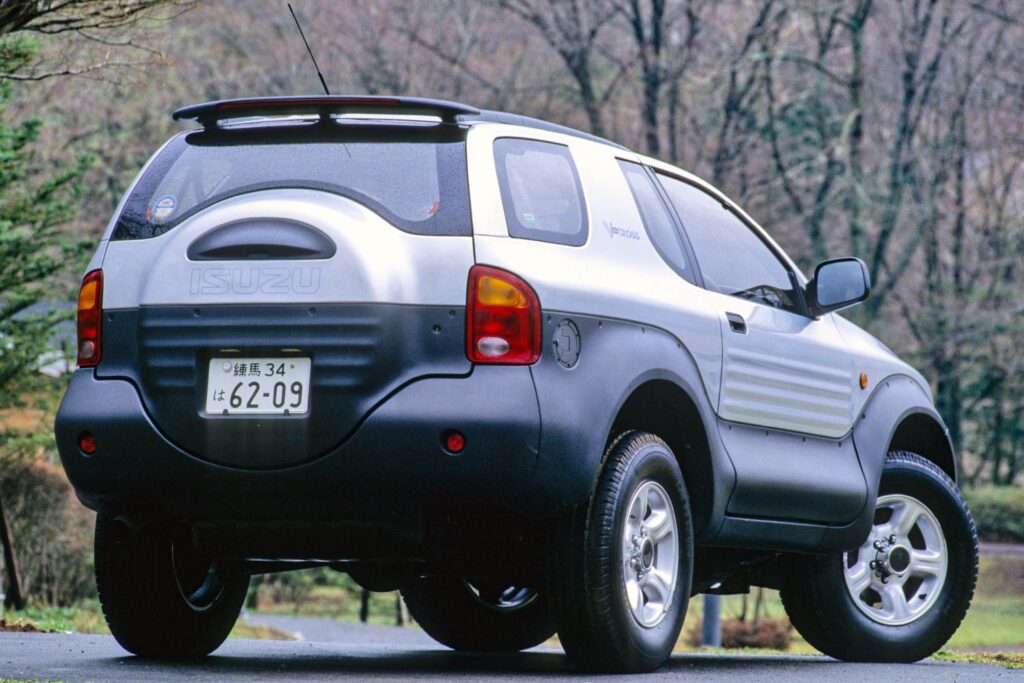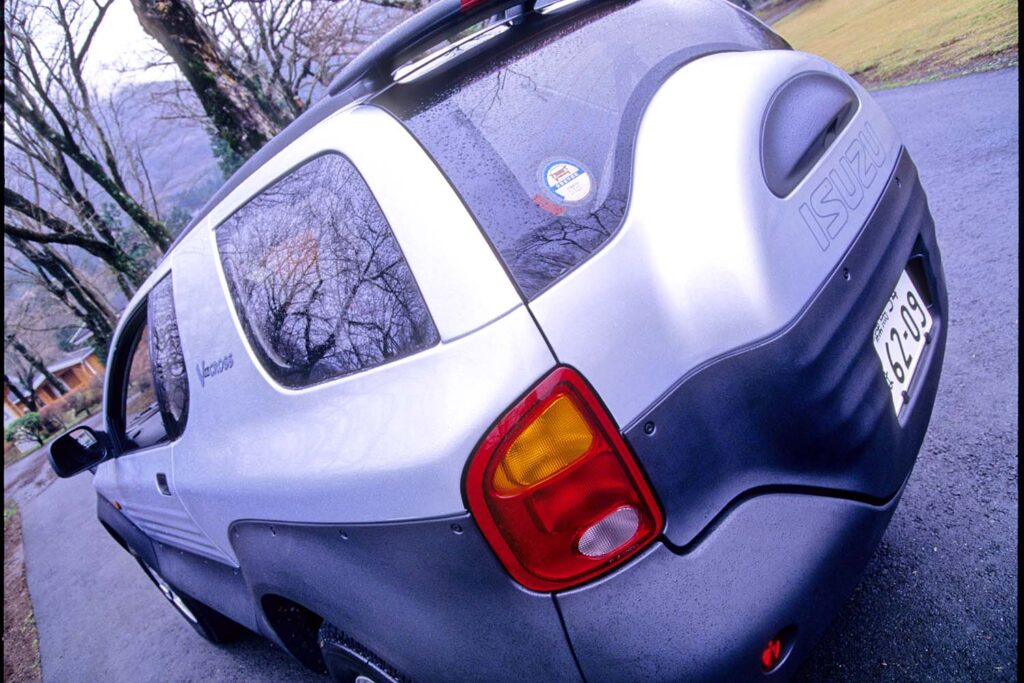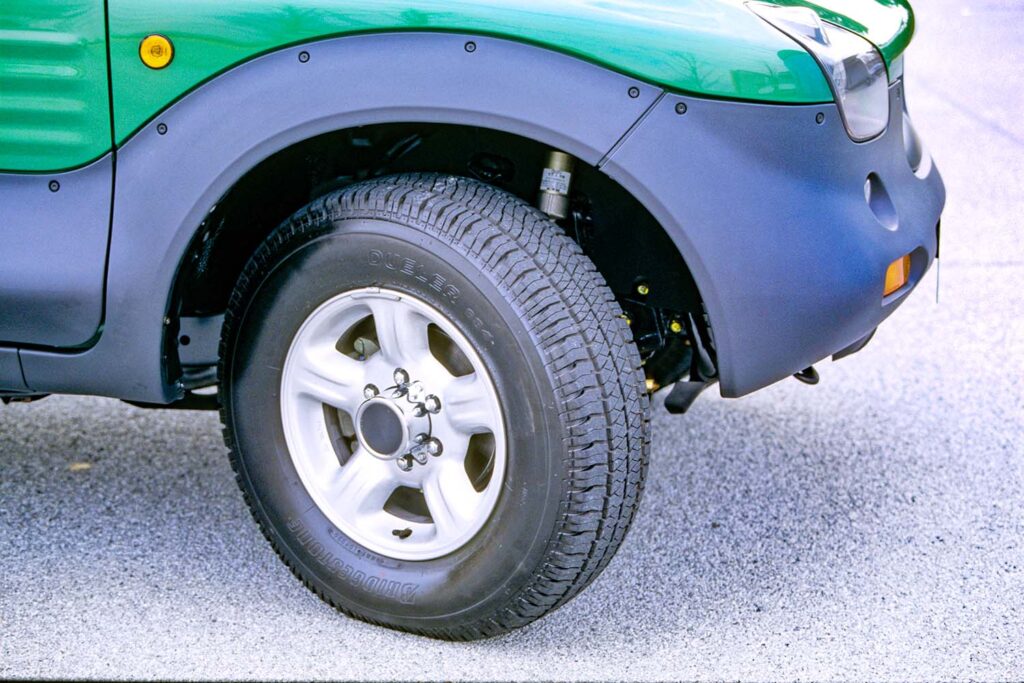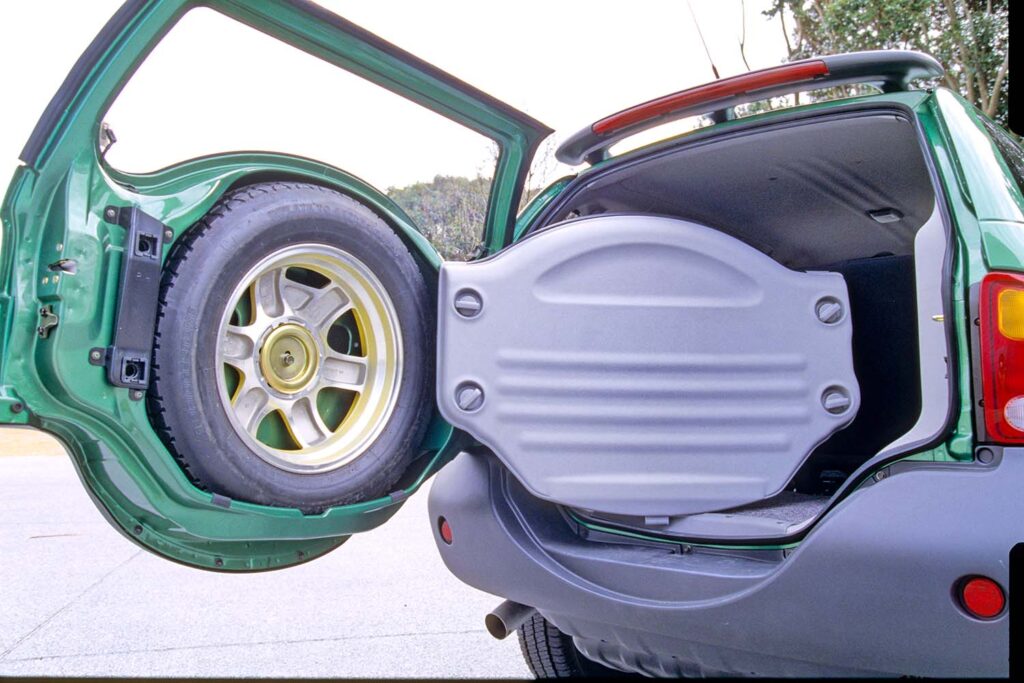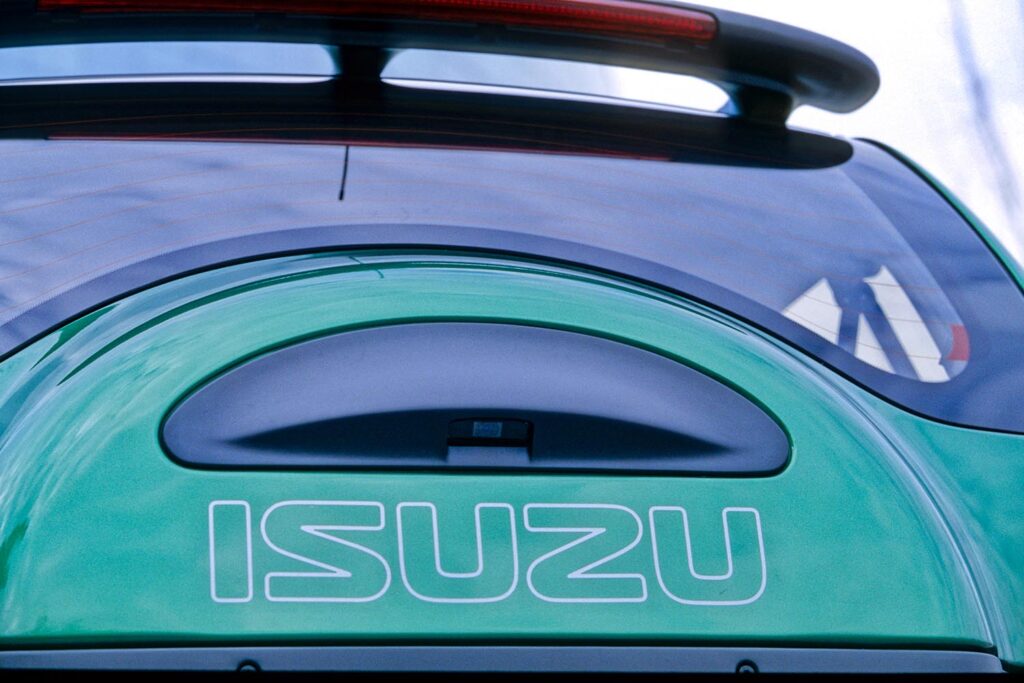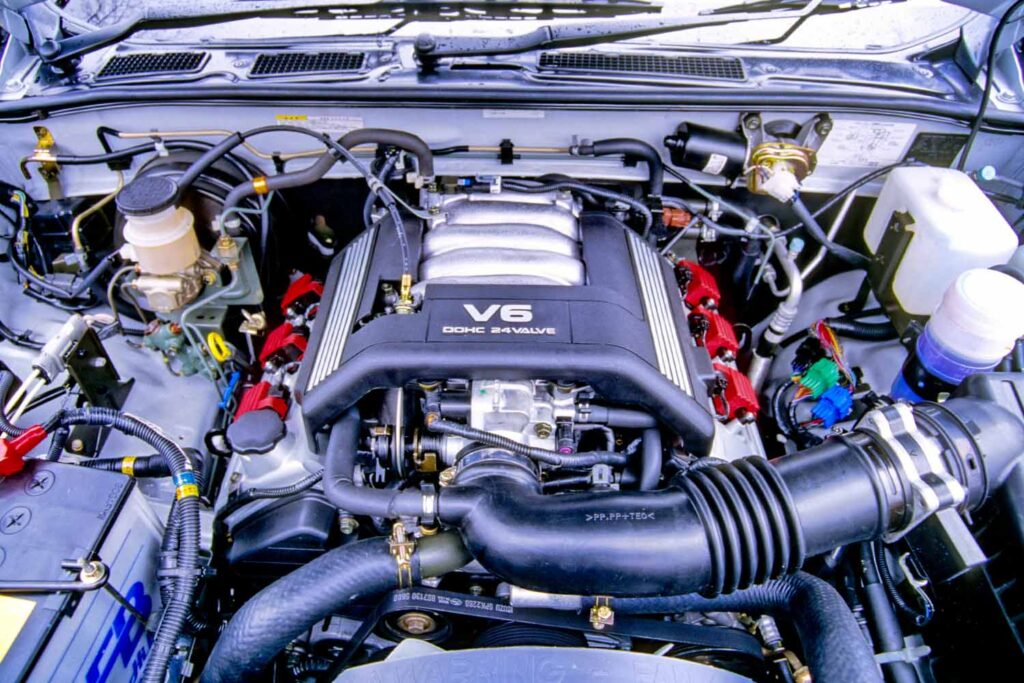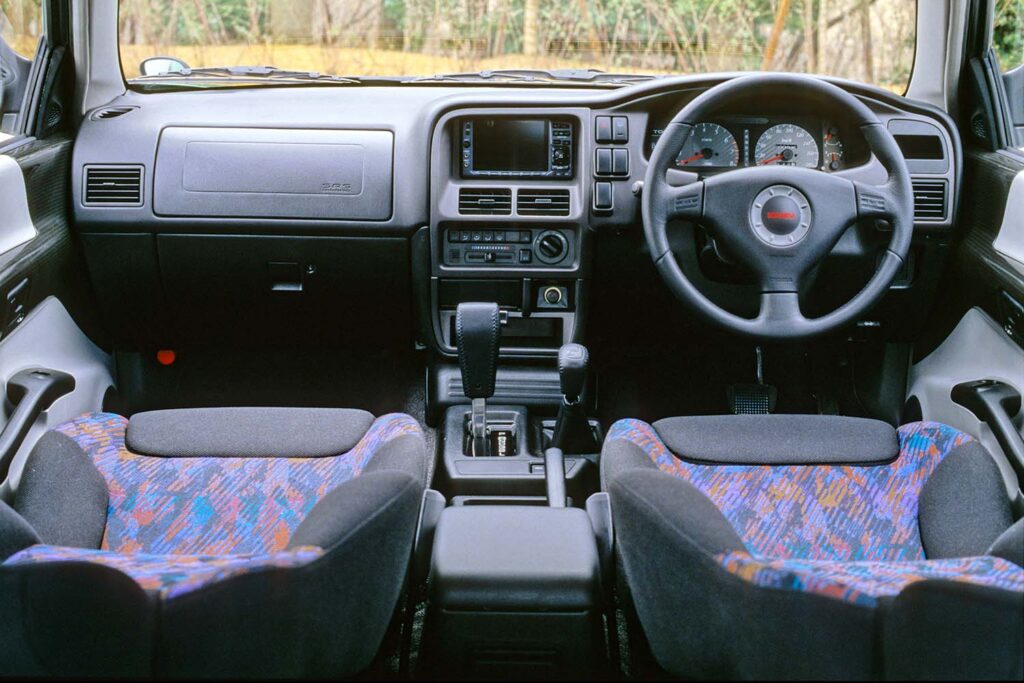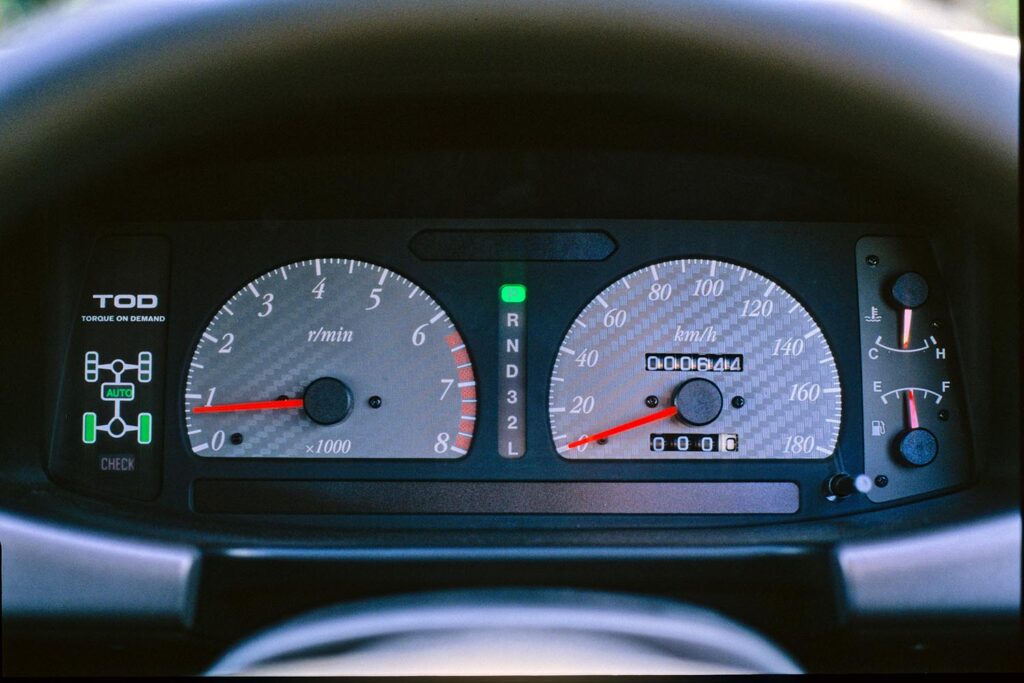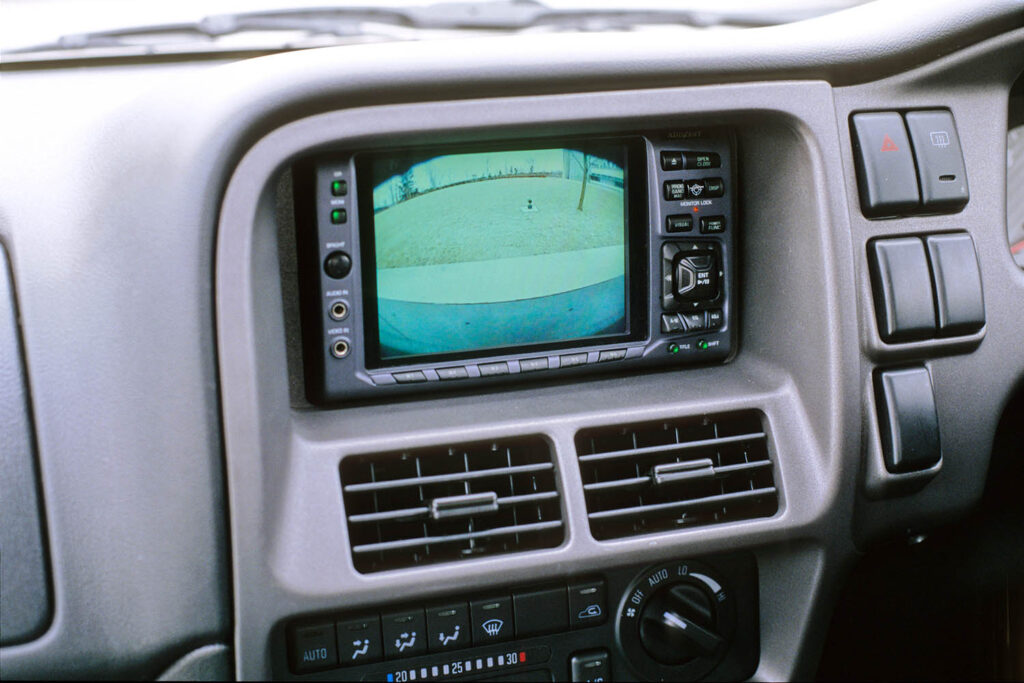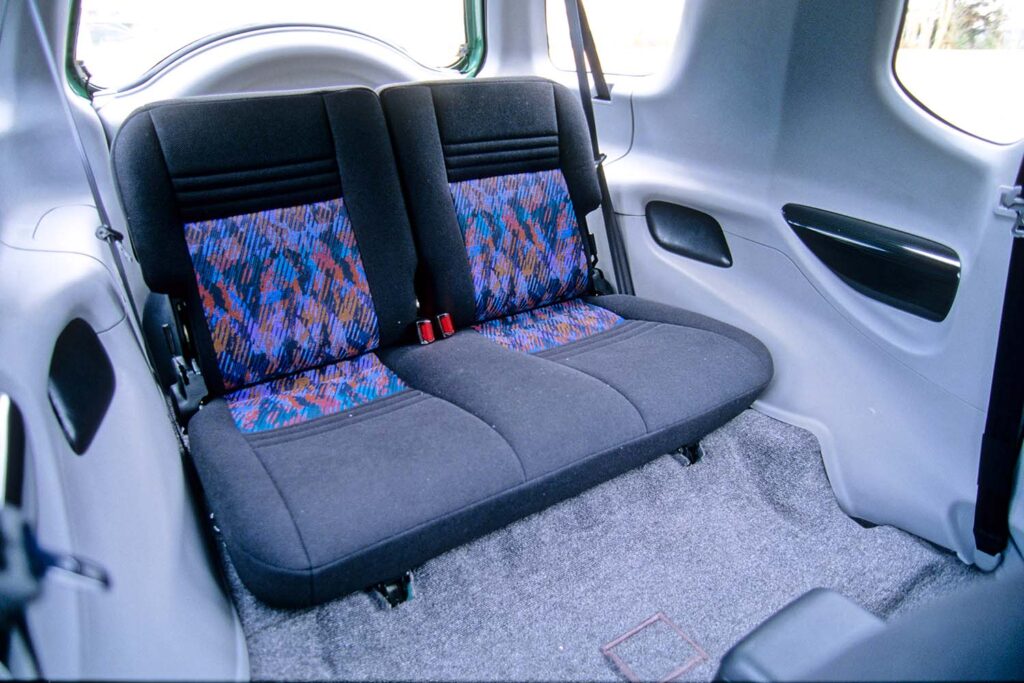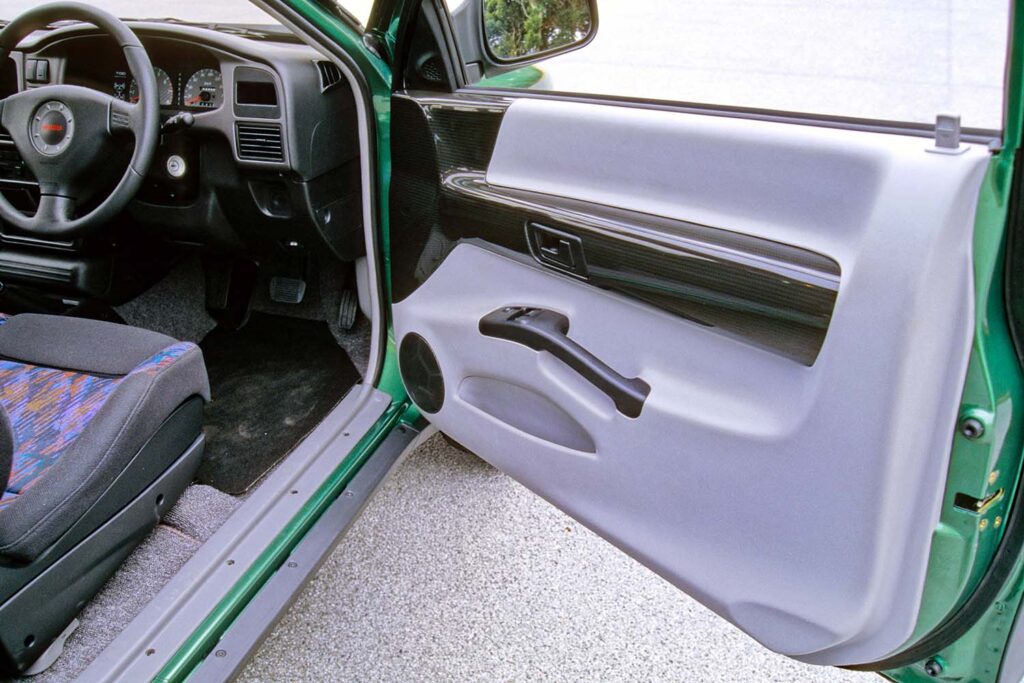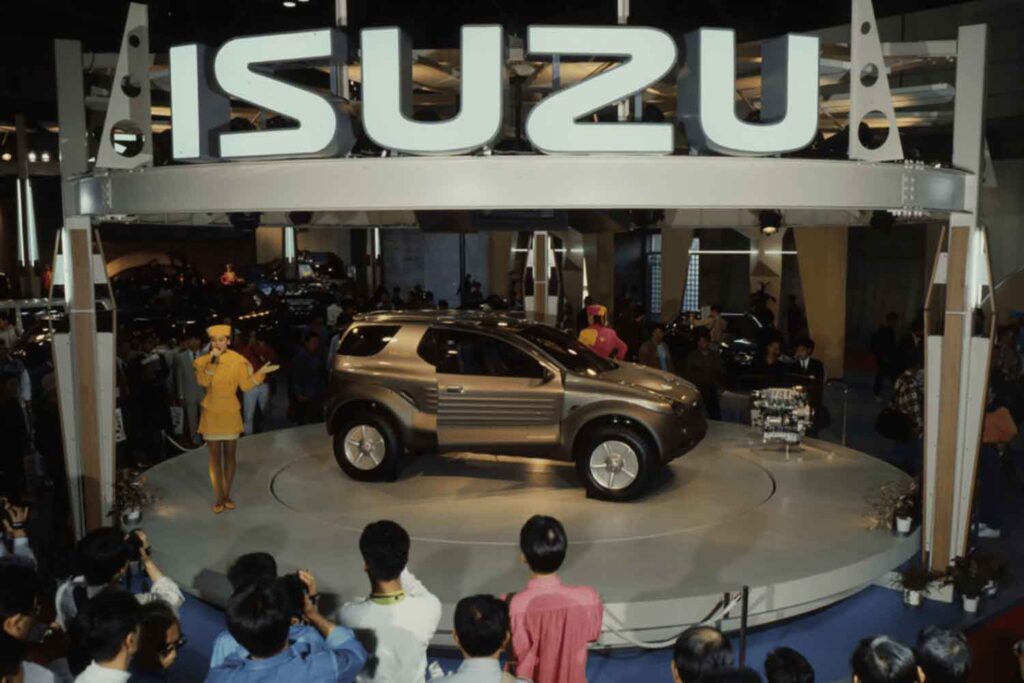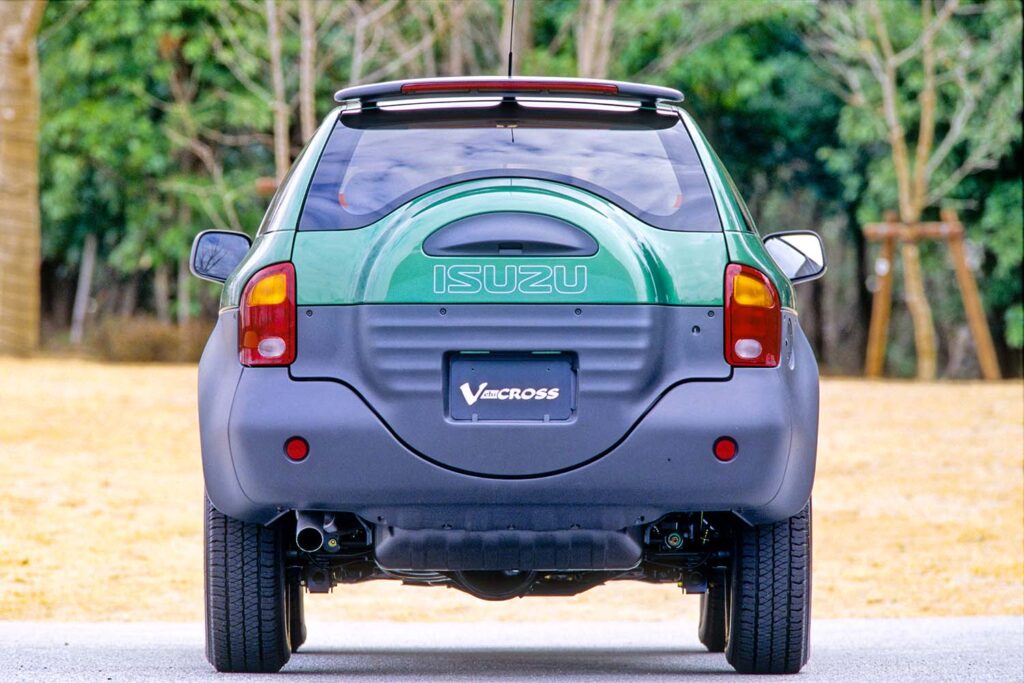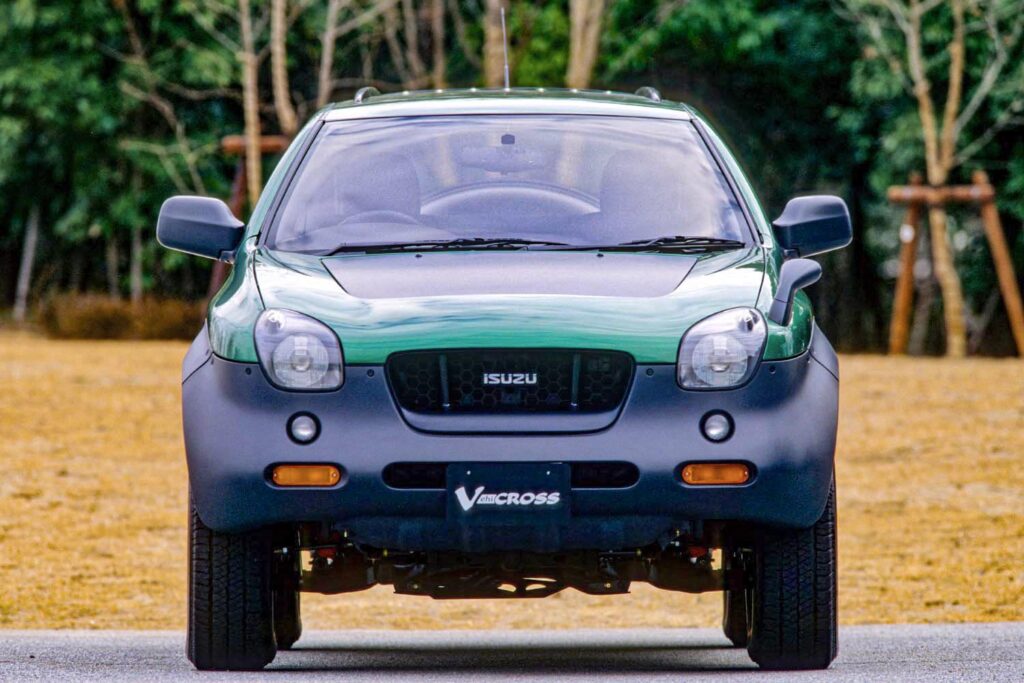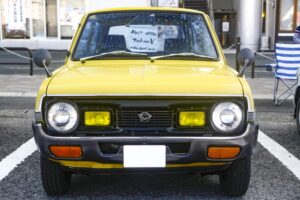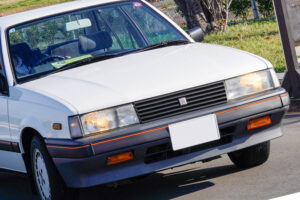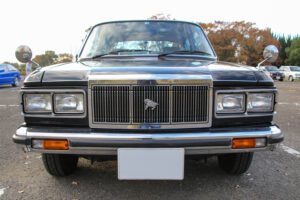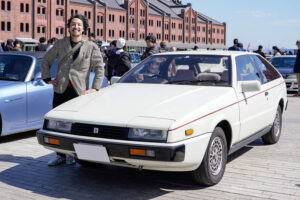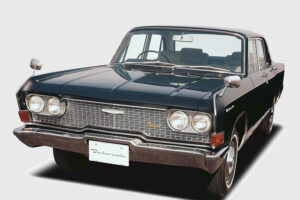Why did Kanye West/Ye choose the VehiCROSS?
Ye, aka Kanye West, is one of the world’s most popular rappers, both at home and abroad, and is also known as a genuine car enthusiast. He has driven numerous supercars, but there are rumors that he is driving an Isuzu VehiCROSS (as of 2023). We look back at what kind of car it is, examining its specs and concept, to find out why Ye chose it.
It all started with a concept car exhibited at the Tokyo Motor Show
The Isuzu VehiCROSS began as a concept car exhibited at the 1993 Tokyo Motor Show. In addition to its futuristic form, unpainted lower body, and bold three-door design, the suspension was based on the know-how of the Isuzu JT191 “Gemini,” known for its excellent driving performance, to realize the concept of “an all-weather sports car that can drive over rough roads outside.
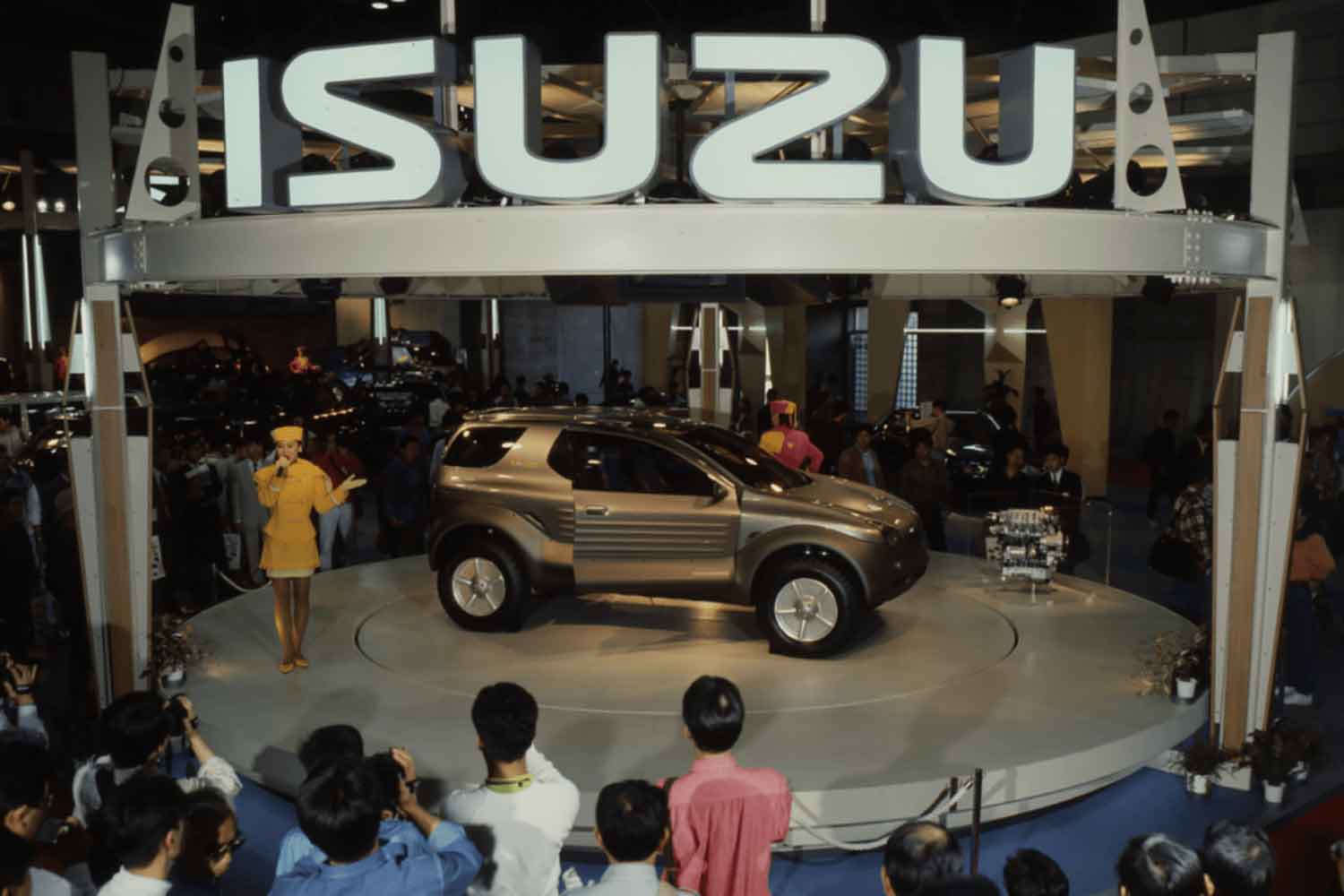
The response from visitors to the show was so great that the decision was made to market it, and it was announced in March 1997, with sales beginning in April. At the heart of the car was a V6 3L engine with a maximum output of 215ps, combined with the electronically controlled torque-split 4WD that was well-known in the Isuzu “Bighorn” model. It also had many advantages over its rivals in terms of equipment, such as a front damper with a separate tank, an unprecedented feature for a production car, Recaro seats, and a Momo airbag-equipped steering wheel.
Only about 1,700 units were sold
Although the car’s advanced specifications and design won it many fans, its three-door design, hard ride quality that was a trade-off for sportiness, and poor rearward visibility resulted in sales of only about 1,700 units. However, from the beginning, mass production was not planned, and the role as a pioneer of SUVs must have been fulfilled.
Although a supercharged 1.6L engine was planned for the development of the North American version, the displacement was only increased to 3.5L and a supercharger was not installed. The poor rearward visibility mentioned earlier was caused by the back door with a built-in spare tire. As a solution, a monitor linked to the rearview camera was installed as standard equipment, but since this was a quarter of a century ago, many users may not have been able to fully trust it.
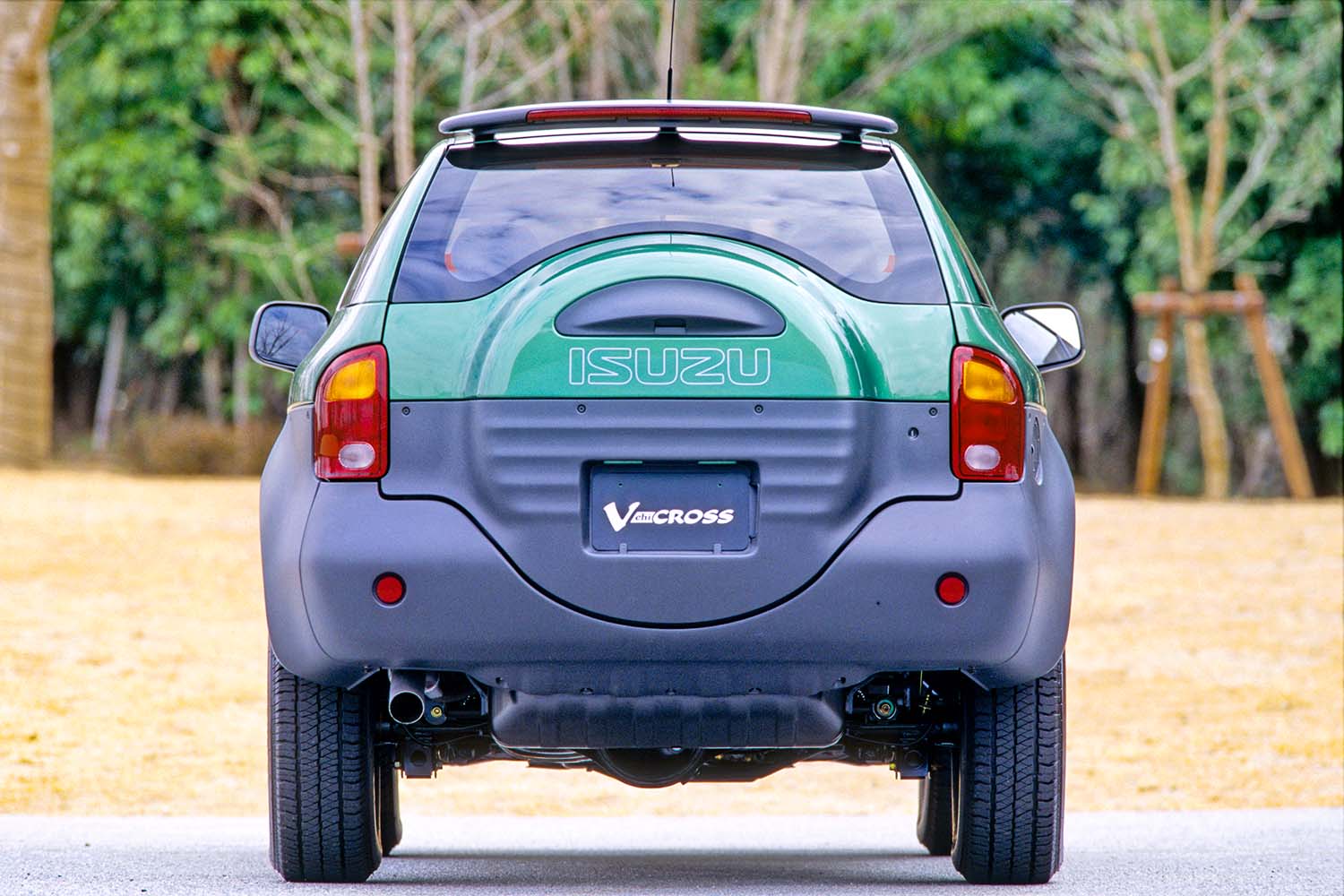
This car is the last shining light for Isuzu as a passenger car manufacturer
Although the media has long commented that the VehiCROSS was introduced too early, in 1997, models such as the Toyota RAV4 and Honda CR-V were already in existence, and the RAV4 was available not only as a 5-door model but also as a 3-door model. Considering its equipment and specifications, the VehiCROSS was extremely inexpensive at 2.95 million yen (excluding consumption tax). The reason why it did not reach the level of its rivals may be due to its sales strength, including the number of dealerships, as well as its sharp and pointed individuality, which was ahead of its time.
However, without the strength of its character, which is still fresh today, it would have been swallowed up by the waves of the times and would have had few opportunities to be talked about, and would not have attracted Ye. In 1993, Isuzu discontinued production of small passenger cars, and in 2002, the company also withdrew from the domestic SUV market. The VehiCROSS was the last shining moment for Isuzu as a passenger car manufacturer. It may never be called a success in terms of sales, but I have nothing but admiration for the development team that came up with a model like the VehiCROSS 30 years ago, and for the management team that gave the go-ahead.



